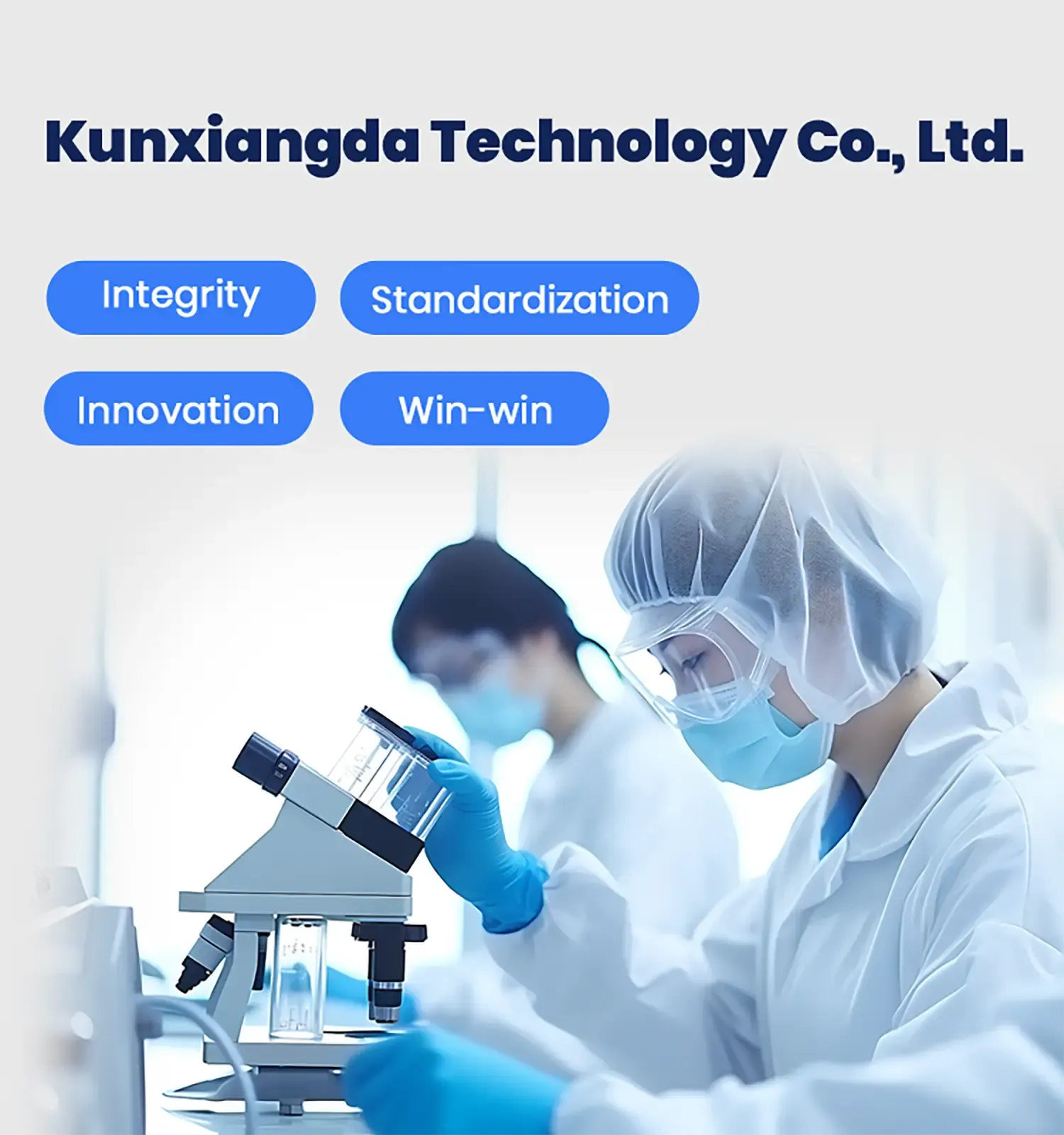PFAS Removal from Water Challenges and Innovations
Per- and polyfluoroalkyl substances (PFAS) are a group of synthetic chemicals that have garnered significant attention due to their persistent nature and potential health hazards. Often referred to as forever chemicals, PFAS do not easily break down in the environment and can accumulate in human and animal bodies over time. The increasing contamination of drinking water sources with PFAS has raised alarms among environmentalists, health professionals, and policymakers alike, necessitating effective removal techniques to ensure safe water supplies.
PFAS are used in various industrial applications and consumer products, including non-stick cookware, water-repellent clothing, stain-resistant fabrics, and firefighting foams. Their unique chemical properties provide utility in many sectors, but these very characteristics contribute to their environmental persistence and bioaccumulation. Studies have linked exposure to PFAS to serious health issues, including liver damage, immune system disruption, thyroid disorders, and certain cancers, which has intensified the urgency for effective removal strategies.
PFAS Removal from Water Challenges and Innovations
Activated carbon adsorption is one of the most widely used methods for PFAS removal. The porous structure of activated carbon allows it to capture and retain PFAS molecules effectively. However, the performance of activated carbon can vary based on the specific PFAS compounds present, the carbon’s properties, and the concentration of these contaminants. This method also requires regular replacement or regeneration of the carbon media, adding to operational costs.
pfas removal from water

Ion exchange systems are another innovative approach for PFAS removal. These systems replace PFAS ions with harmless ions, effectively reducing the concentration of harmful substances in water. While effective, ion exchange systems also face challenges, such as the need for periodic resin regeneration and the disposal of waste brine containing accumulated PFAS.
Advanced oxidation processes (AOPs) leverage powerful oxidants to break down PFAS molecules into smaller, less harmful constituents. AOPs, such as UV/H2O2 or ozonation, are capable of degrading a range of PFAS compounds. However, they tend to require precise operational conditions and can be costly.
As the awareness of PFAS contamination grows, extensive research is ongoing to develop more efficient and cost-effective removal technologies. Emerging methods include the use of more advanced adsorbents, such as engineered nanomaterials and hybrid filtration systems that combine multiple technologies. Additionally, regulatory frameworks and public policies aimed at limiting PFAS usage and mandating monitoring and cleanup efforts are being strengthened.
In conclusion, while removing PFAS from water presents significant challenges, innovative approaches and technologies continue to evolve. By combining scientific research, technological development, and policy efforts, it is possible to create safer water supplies and mitigate the health risks posed by these persistent chemicals. Addressing the PFAS issue will require a multifaceted strategy involving collaboration across industries, governments, and communities.

